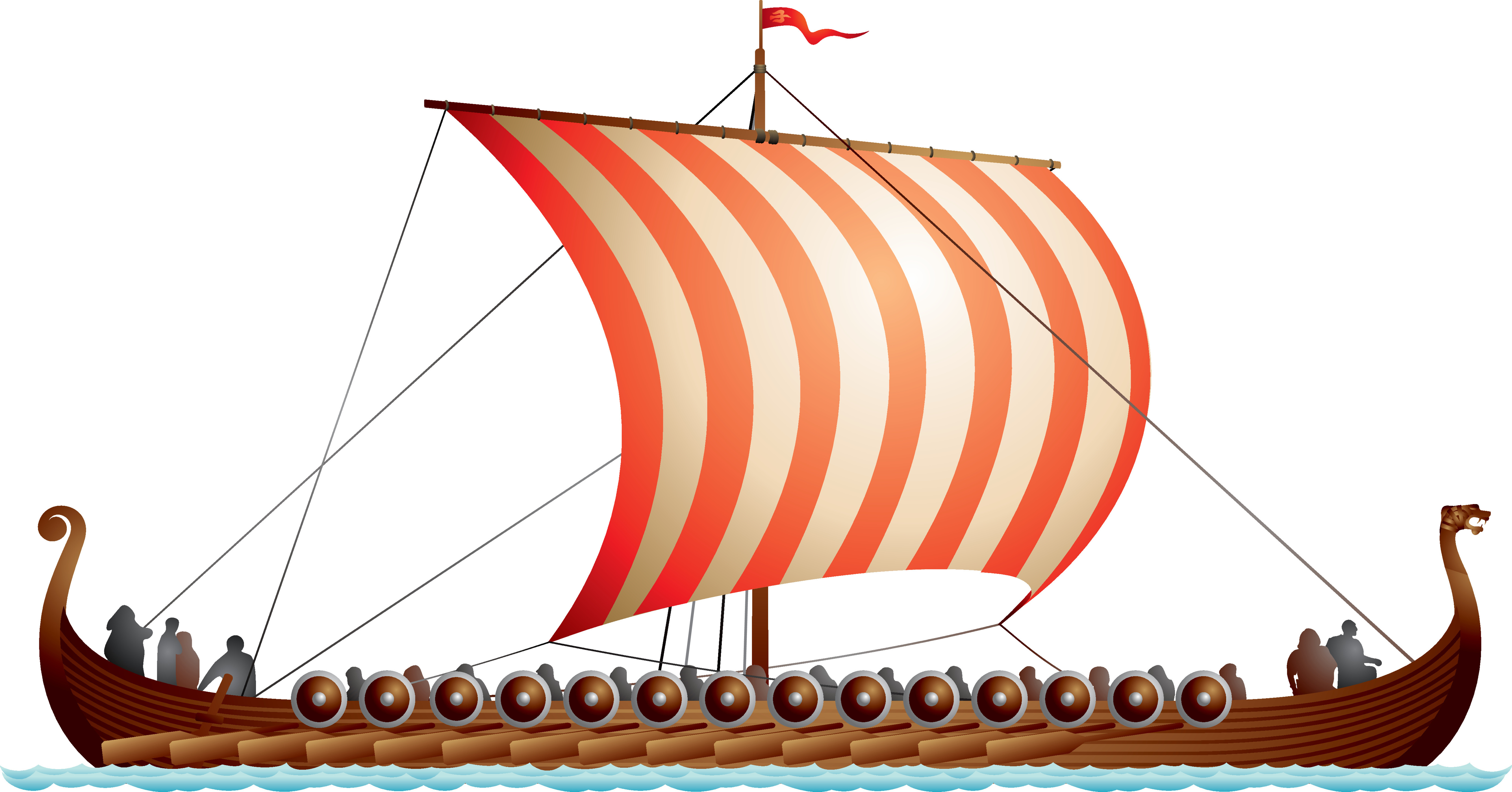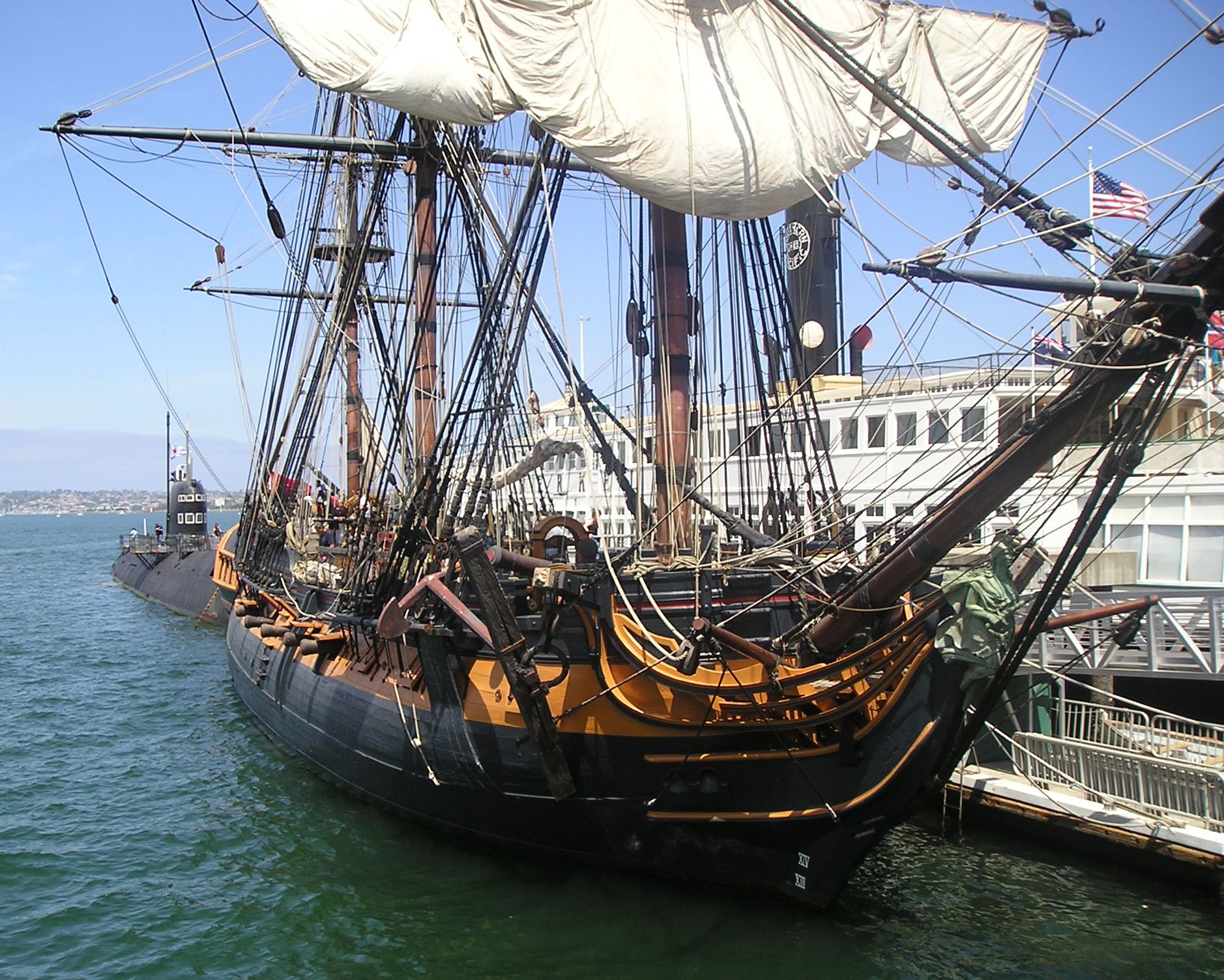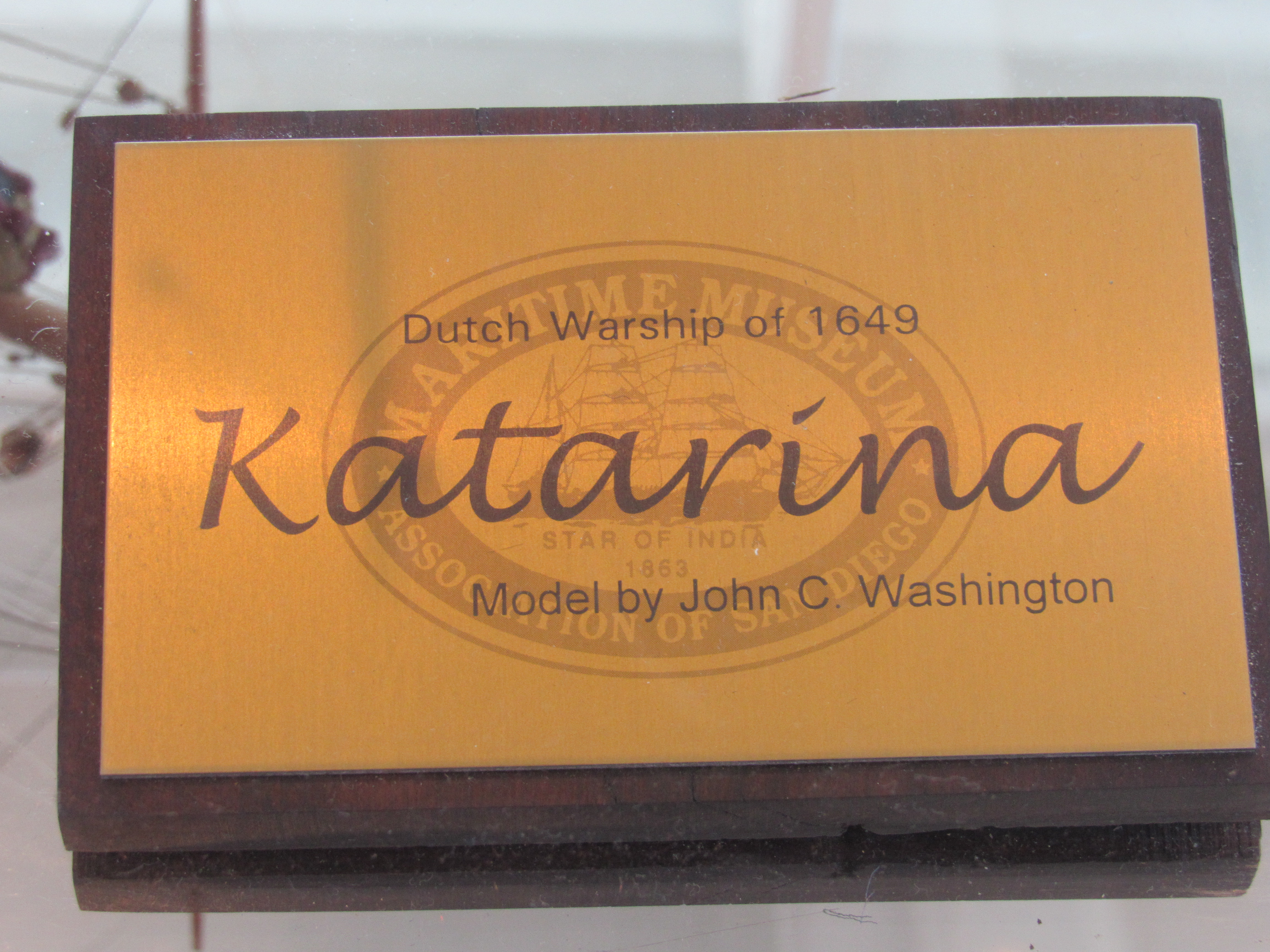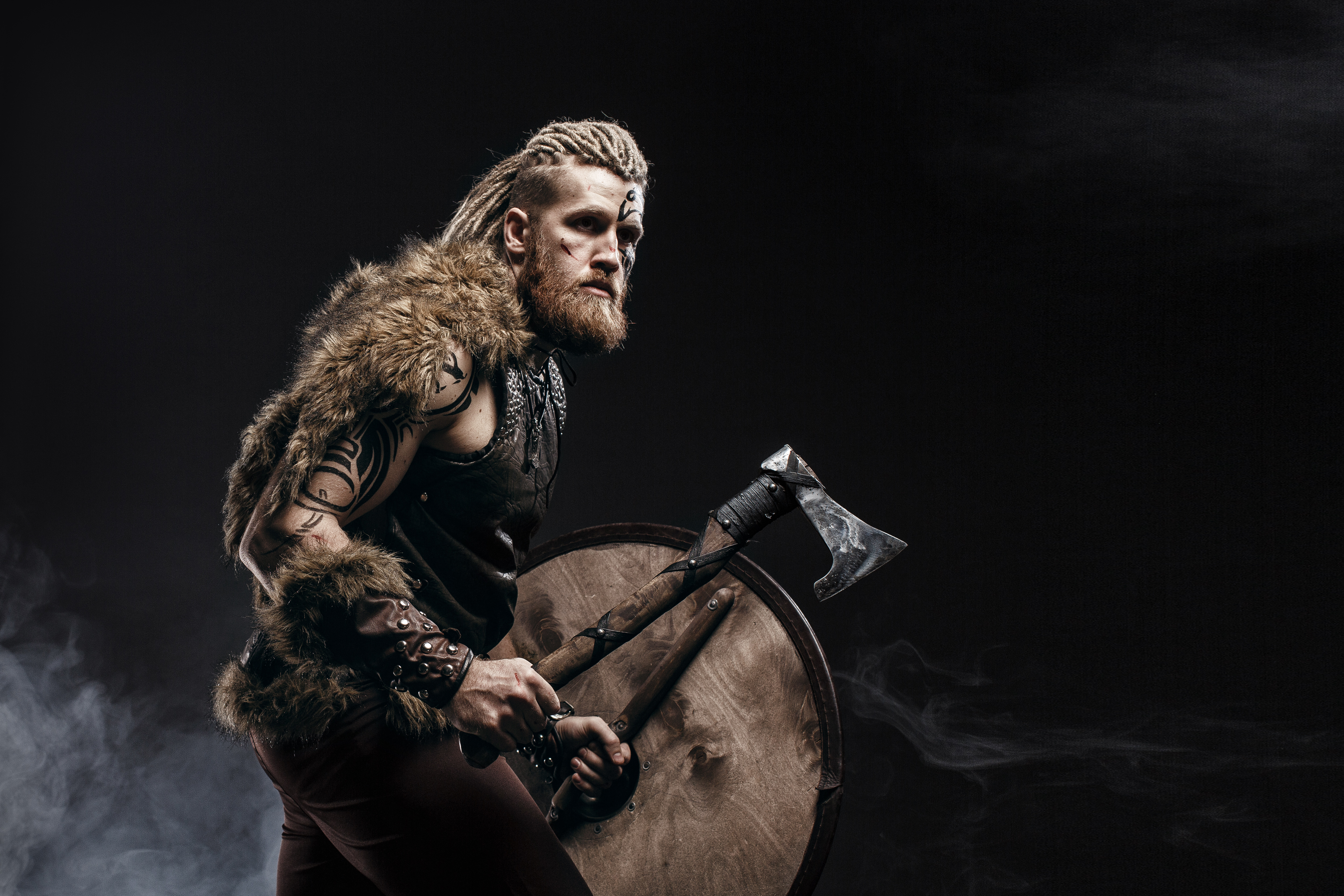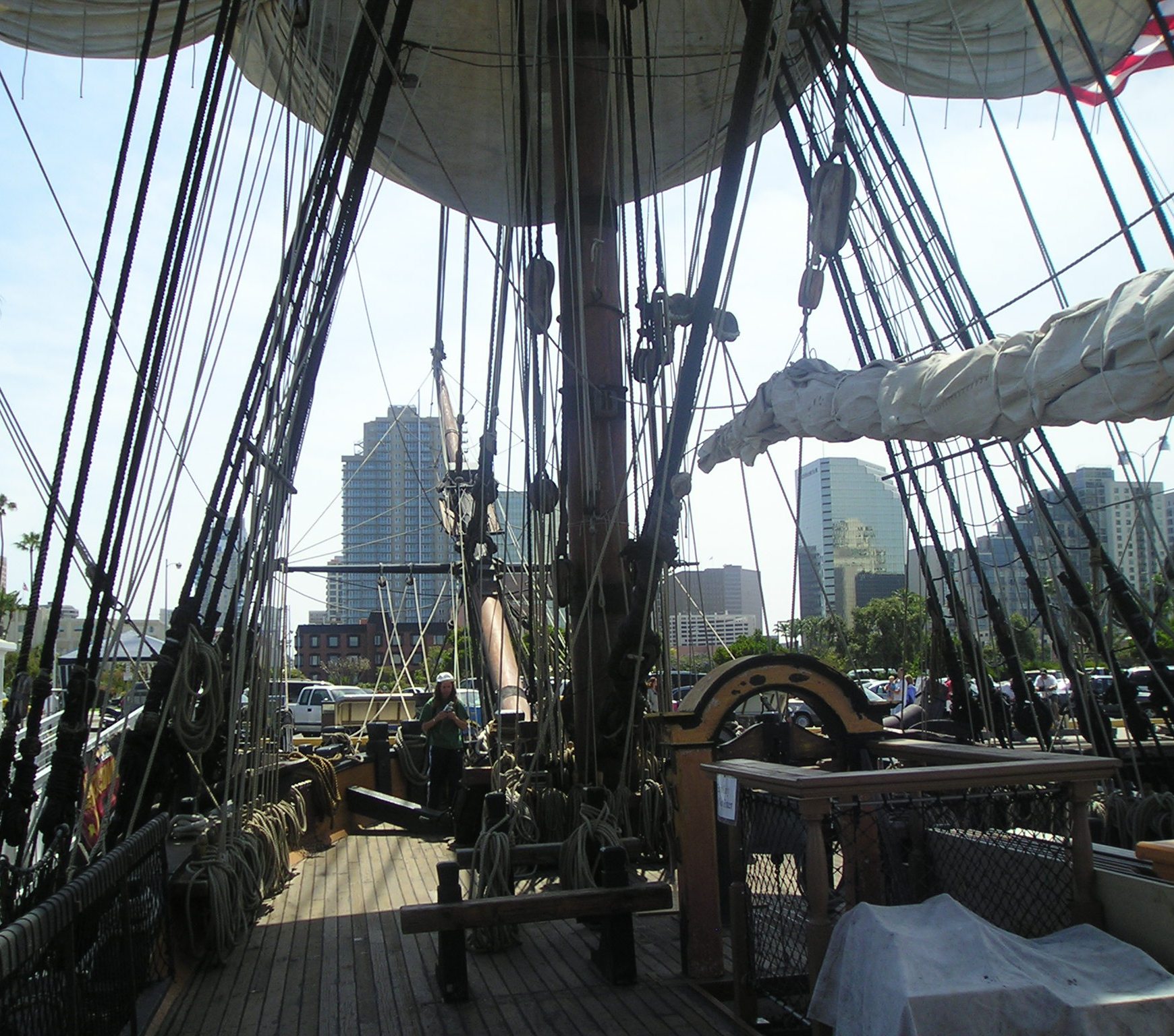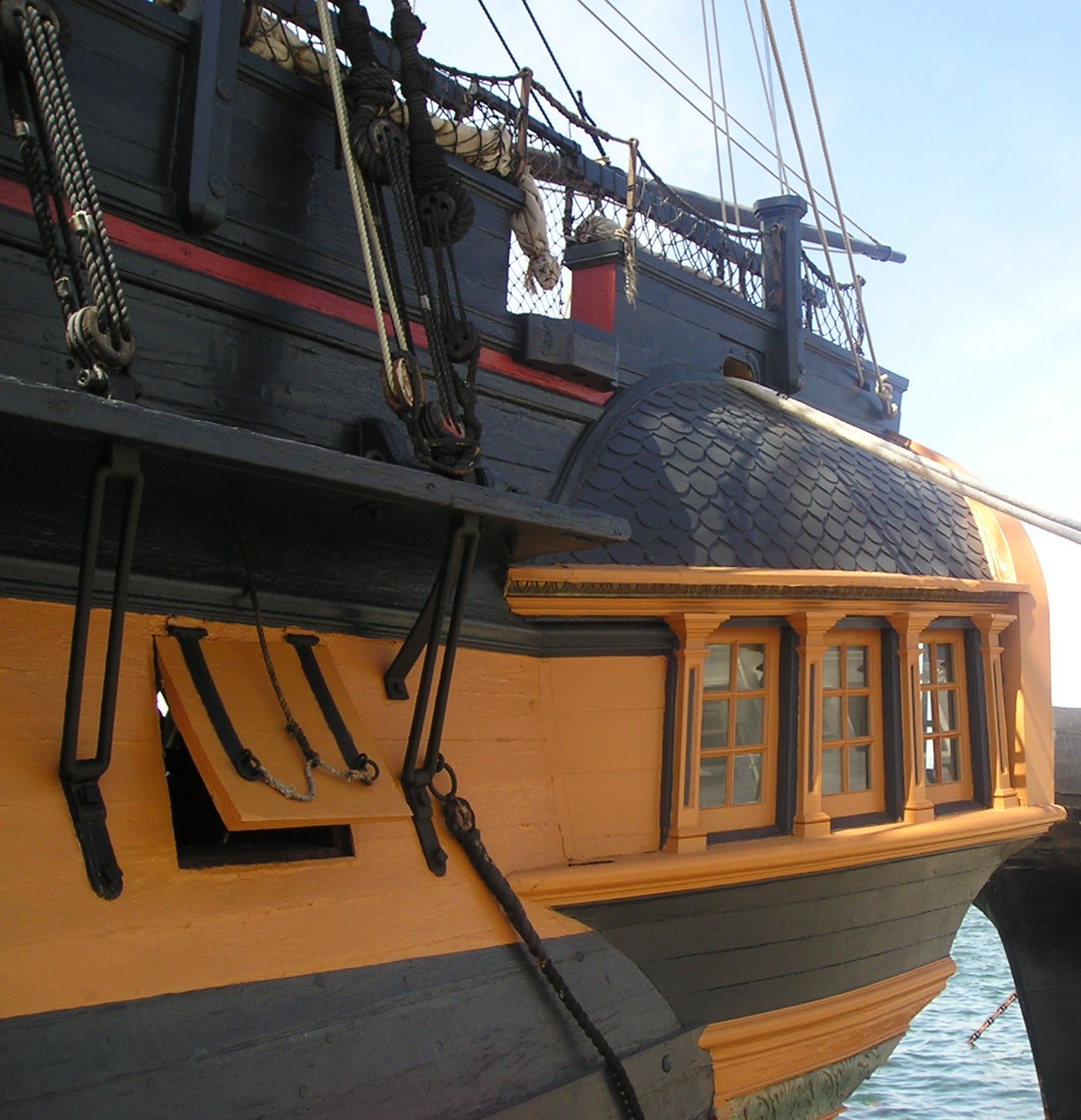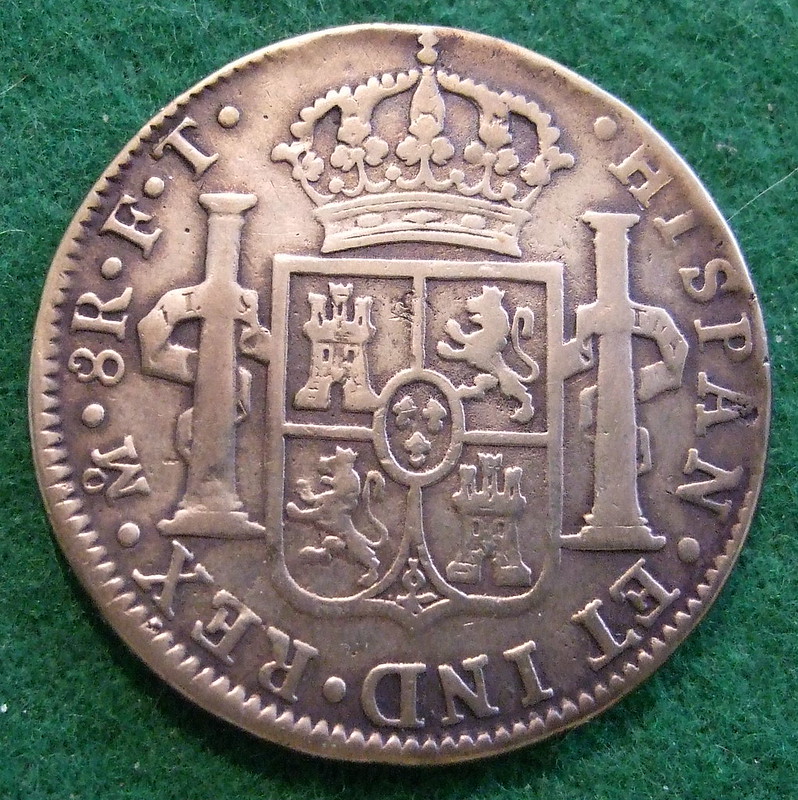Detailed estimate of time to construct and outfit a Viking longship – 2 of 5

Previous post accumulated many detail data points of what time would be involved in constructing a medium-size Viking longship.
This post continues the discussion and accumulates the time estimates.
Wild guesses to fill in the blanks
The Price text does not make any guesses on the time to cook the tar to seal the ship, the tar or animal oil needed to protect the sails so they can catch the wind, weave the rope and sundry cordage needed, manufacture the sea-chests, weave the rugs taken along or weave and weather-proof a tent to cover the center area of the ship, or manufacture 32 oars plus several spare.
Off the top of my head I don’t recall having seen any estimates for those elsewhere.
So, to get some sort of a workable estimate to put one medium-sized longship to sea, I will pull some estimates out of thin air. These are also called WAGs, or, um, wildly aimed guesses.
